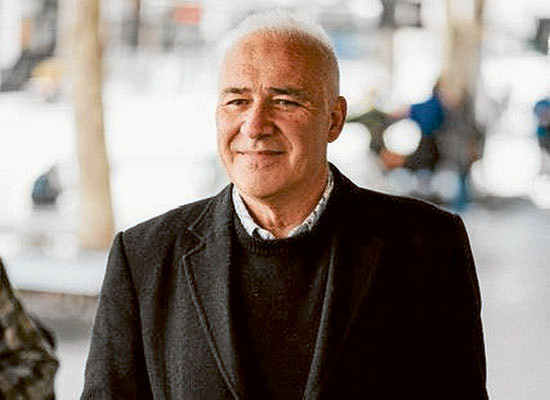Clinton and cities meet on Climate Change
Entrepreneurial local rural government?
April 27, 2007Domestic tourism: making ourselves ‘feel better now’
May 1, 2007The world’s largest cities have a big role to play in the fight against climate change. As cities are responsible for three-quarters of the world’s energy consumption, the world’s 40 largest cities meet every two years at the C40 Large Cities Climate Summit.
From May 14 – May 17, leaders of municipal governments and international businesses from over thirty world cities including Melbourne’s Lord Mayor John So and Sydney’s Lord Mayor Clover Moore, will convene in New York City for the second summit.
Former US president Bill Clinton, who’s Clinton Climate Initiative entered an agreement with 40 large cities following 2005’s summit to work together to limit their contributions to global warming, will give the this year’s keynote address.
Throughout the four-day event, delegates will share ideas on reversing climate change and work on developing more collaborative projects between their cities.
According to the summit’s website, city governments, in both rich and poor countries, have considerable influence over their city’s greenhouse gas emissions as they often:
- Own buildings and facilities such as sports stadiums, street lighting, and waste treatment plants, which directly consume large quantities of energy.
- Manage landfills and waste treatment plants, both of which are major sources of greenhouse gas emissions.
- Have significant purchasing power, thus being able to influence markets for vehicles, equipment and technologies.
- Set local land use policies, determining where development is located and the mix of uses allowed.
- Operate public transit and transportation infrastructure.
- Apply building codes, determining the energy efficiency of local building stock.
- Regulate automobile parking, traffic flow and roadways.
- Own or control their local energy utility.

